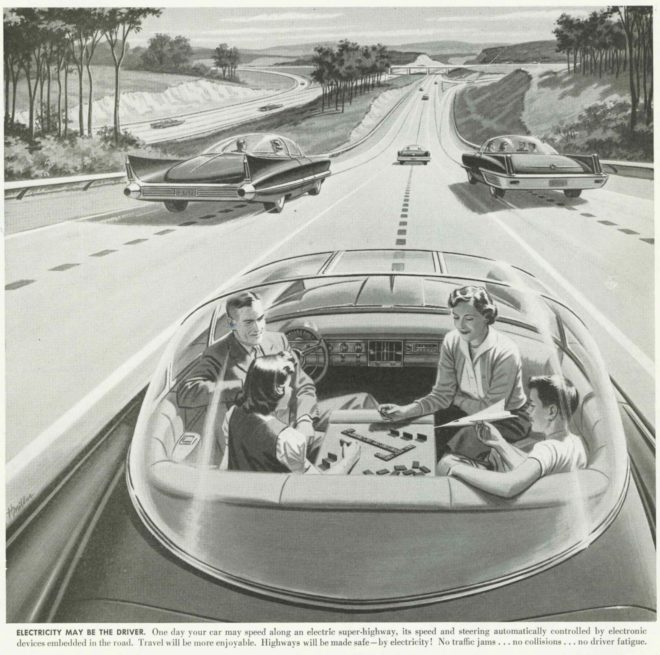Cars designed to cater to most of your needs en route will have a big impact on the travel and hospitality industries
Forecasts on autonomous vehicles tend to focus on the way they’ll affect our daily lives and travel habits — like how we get to work or the grocery store. But once you remove the driver from the vehicle, longer-distance travel becomes a lot easier as well.
As customers — and regulators, for that matter — learn to trust the capabilities of autonomous vehicles (AVs), manufacturers will have more freedom to design for passenger comfort rather than for driver utility, reducing the barriers to making those long trips by car. As a result, AVs will have the potential to become another “living space,” more akin to a room in your house than simply a method of transportation.
Today’s vehicles are designed with safety in mind first, followed by utility, and finally, entertainment. But all three of these concerns are affected by the rise of autonomy, and the order in which we consider them is likely to shift. As I discussed in my previous post, autonomous vehicles are likely to become less audiocentric than the cars of today, meaning more emphasis on visual experiences, such as with the NIO Vision concept car. Expect lots of screen space in future AVs — at least until decent augmented-reality wearables are introduced.
More surprisingly, autonomous vehicle design will require less emphasis on safety — that is, safety as it relates to the compartmentalized nature of a passenger in a seat. Yes, manufacturers will need to demonstrate that these cars are safer without a human behind the wheel, not to mention secure from hackers and other malicious actors. But once that’s accomplished, shouldn’t travelers riding a long stretch of highway in an AV-only managed lane be free to “move about the cabin”?
The focus of vehicle design must no longer be on the utility of the driver first and passengers second. Designers will be free to craft new vehicle concepts that allow for such features as free-moving seats, pull-out tables or desks, and appliances. Whereas today cars are designed to give the driver primary access to all functions of the car, from the radio dial to air conditioning, autonomous vehicles will need to provide easy access to all passengers.
Read more in my series, Your Autonomous Future, commissioned by Medium.
